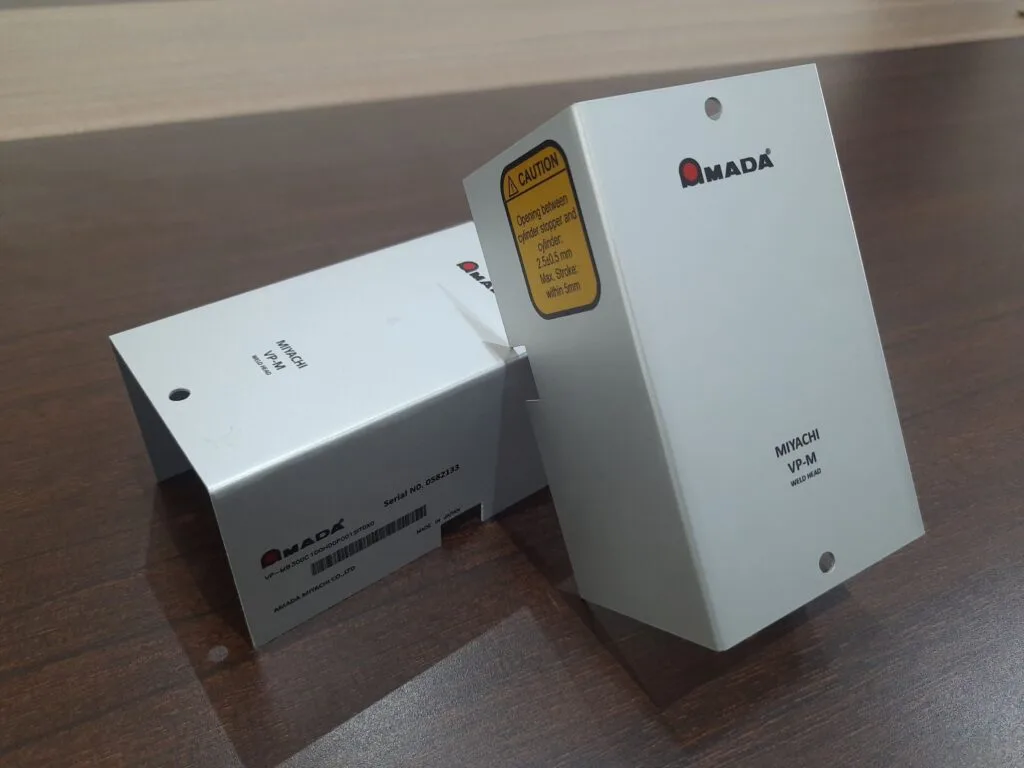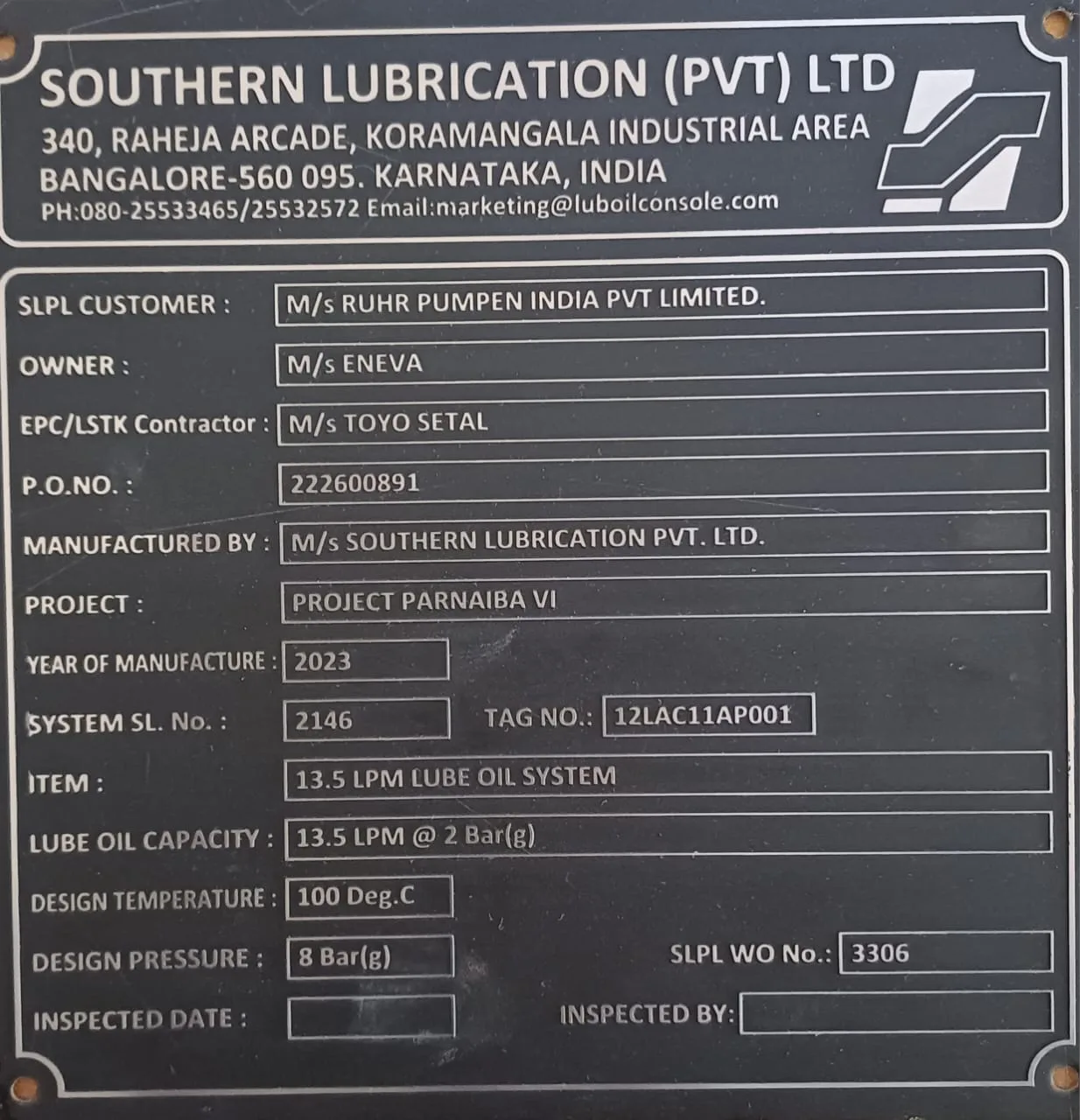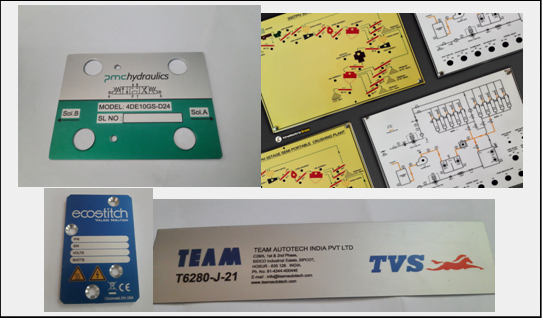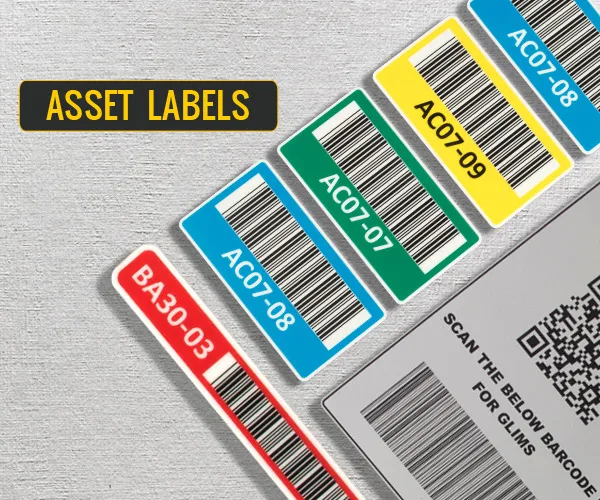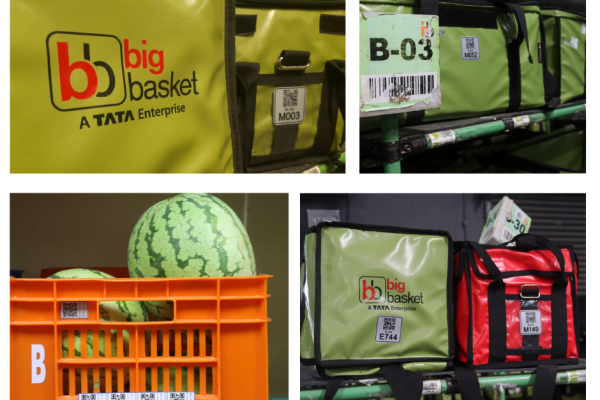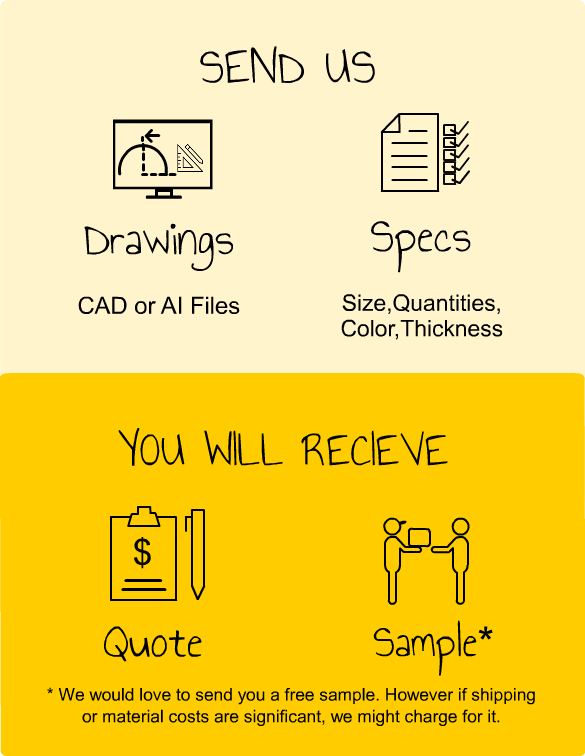An aluminum fascia panel forms the face of the machine or equipment, also referred to as a machine operation plate in some cases just called as a front panel, whatever be the name, the function of this part is to hold all the controlling switches, dials, and meters.
Printed Aluminum Enclosure For Your Industrial Needs
Our workplace gets a lot more interesting when there is something new to develop, throw out some creative juices, have those healthy debates amongst us colleagues.
Gratification is guaranteed if we have acceptance and appreciation from our customers, which is always the final verdict.
Here is our latest development which has come in with the appreciatio
Anodized Aluminum Or Stainless Steel For Printed Identification Parts
With over two and a half decades in the business of printing industrial labels, name plates, fascia panels, and related products , there has always been this question thrown on us repeatedly, especially when a new part is being created or an alternative to an existing part is being considered.
On which one should we have our print, is it Anodized Aluminum or Stainless Steel and its thickness.
How do you choose, what are the parameters, what could be the implications of choosing a wrong substrate, out here we have made an attempt to provide all the details we possibly can with our years of experience. We hope you can read, and this helps in making the right choice .
Most importantly we would like to let you know that yes we do print on both the substrates and are not inclined to lean towards either of the them.
Importance Of Name Plates And How We Manufacture Name Plates
While your equipment’s and machinery put in the years of performance, the name it deserves fades away lot faster. A name plate as simple and mundane as it sounds isn’t something you want to see faded and scrawled on your machine. Don’t you rather want them as long as your machine is put to use.An extended print life on a name plate depends on a few factors which isn’t as simple as the term name plate may sound, one needs to depend on technology, specific and detailed processes to achieve high quality and of course continues developments and improvements.
It is our business and core objective to transcend in producing high quality, long lasting printed parts. We have over the years coupled with continuous improvements, developments have gotten processes in place, our print is to last as long as your equipment and machinery.
Asset Labels: What They Are And Why Are They A Requirement For Your Establishment
Asset tags or asset labels are an integral element in your establishment. Be it equipment, machinery, furniture, laptops, desktop computers, motors, jigs & fixtures, or any asset which is classified under capital expenditure, an asset label on them helps in identification and the code printed can lead to a whole lot of related details and information.
Almost all products have on them, a label or tag that consists of a barcode, serial number, or any other format which makes it a lot easier for it to trace back to source. This is the information a manufacturer would like to retain. As a buyer and user of a product or products, an asset tag provides the data you would seek in terms of purchase date and related information.
Typically, the common designs of an asset tag include the company’s logo with a border for the pattern.
What Does An Asset Tag Feature?
It may be a common misconception that all asset tags and asset labels feature a barcode, which could trace back to the date of manufacture. The date of manufacture is just one part, an asset label can contain much more information about the product it is affixed to. As it stands, asset tags or labels can identify the complete history of the equipment using either a unique serial number or a barcode, or a QR code which is recorded in any familiar software as an asset register.
The code or number affixed on an asset tag connects all details of the asset. These vital details can include the item’s manufacturing date, the company’s or seller’s name from which the item was purchased, its cost price, shelf life, the name of the person to whom it is allotted or assigned, and other important information and remarks regarding the item.
Asset tags and labels are used more than often to speed up the manufacturer’s data entry and decrease field entry errors. Furthermore, since codes provide error-free, easy to read by a scanner or in a smartphone reduces manual transcription errors. They are spot-on prove to be time saving and cost-effective option.
Asset tags and labels provide more secure access to records and information for the essential team members to find out more intel about the product at hand.
How Do Asset Tags benefit An Establishment?
Although it may seem like a run-of-the-mill task to put labels on your product, choosing to use asset labels and tags can usher in a lot of advantages for your establishment. When it comes to understanding and managing capital equipment, Asset tags are imperative in most establishments, capital equipment considered redundant are often forgotten or disassembled and stocked up. They are soon forgotten and just exist on company balance sheets. Eventually disposed of as scrap to salvage.
Managing and understanding the capital equipment of which are working and in order, those under breakdown and those deemed redundant helps the management take better decisions on what to buy, when to buy and how many are required.
Be it simple furniture, or a motor / pump or jig, fixture to any complex equipment, a prior activity to any capital purchase is a review to be done with the asset register. This is turn connects to the asset tags and confirms what is already present and in their condition.
It doesn’t make business sense making repeated purchase of equipment’s when the existing ones can be either fixed and put into use or refurbished and made working. Further if the existing ones are completely redundant, the reasons of failure can be reviewed with the available data and accordingly better choices can be made in the next purchase.
Asset review and checking is an integral part of any audit, due diligence activity which makes asset tagging an absolute necessity. Below are furthermore crucial reasons why establishments must choose to add asset tags to their capital machinery and equipments.
Easier Inventory
With asset tagging, it’s a lot easier to take up the task of physical inventory, since it helps you to manage the physical capital and make it easy to make informed decisions, be it repair or replacement related. This also enables businesses to resourcefully track their physical assets and prevent theft.
Better Tracking
In the event of investigating misplaced, missing, or stolen physical assets, the benefits of an asset label or asset tag come into play. Asset tags are required to fulfill the need of keeping record validation. These asset labels encourage and ensure the insurance carrier and the police department in tracking the stolen assets, and help in retrieving stolen or lost equipment.
Easy Access To Information
Asset tags make it a lot easier for employees to obtain product-related info, without having to go through a slew of pieces until they have the information they need. The barcode asset tags or asset labels provide more secure access to records and information for the essential team members.
Maintenance Repair & Operation (MRO) Information
Scanning of an asset label (with barcode specifically) can help you to know about the repair instructions and maintenance schedules about the particular product, from the database. This helps customer service be more seamless, without your consumers having to submit numerous records themselves.
Management Control
The bottom line of featuring all such systems is to have better controls on your establishment. With readily available and fast monitoring, identification, tracking, and control over all physical assets, the decision-makers are is in control of its mechanisms and working.
Decision-Making Analysis
When it comes to product purchasing, and fixing and/or replacing, Asset Tagging helps make better decisions, as the true cost of implementation can be measured as well as the longevity and history
Easier Audits
One of the core purposes of an asset tag or label is to mark each asset in any organization to in turn trace or locate it, especially during an audit. For example, an auditor who visits his client will have to value and depreciate the capital equipment purchased and ensure they are not sold off. This is where an asset label helps confirm its existence.
Cost-Effective
Compared to manual data entry, adding asset tags and asset labels ensures a faster, cheaper, and more accurate means of keeping track of all your products. This way, you don’t have to invest money on additional resources. Furthermore, durable asset labels are a one-time investment, apart from being more readable in the toughest of the environment.
While its evident that asset tags and labels are most required for your establishment, please bear in mind that the more durable the asset label, the easier it is for the organization to conduct asset identification. A poor-quality asset tag or label serves no purpose.
How To Choose An Asset Tag?
Assets such as furniture, computer hardware, tools, fixtures, machinery are all used in different kinds of environments with different working conditions.
A simple label made of vinyl will suffice for example a laptop, however, a pump immersed in water or in any other machine in a factory or extreme outdoor conditions will need an anodized aluminum (which is corrosion resistant) asset tag rivetted or pasted with a strong adhesive.
Polymer or thin aluminum asset tags with strong peel and paste adhesives work well on furniture and parts with circular surfaces.
Having chosen the right substrate for the asset tags, the print on it should be durable, as durable or more than what it gets pasted or riveted on. If the print fades or not readable the entire effort goes to waste.
At Kinelectro Lines, we ensure the printed labels are durable and last longer, we print your assets tags as you prefer to record them, simple serial numbered, bar-coded, QR code’s in which way that suits you. Based on the kind of equipment’s and machinery in your establishment, you could chose to have the tags, labels printed on aluminum, polyestor , vinyl or on other printable polymer base materials.
Bottom Line
A quarterly, bi-annual, or annual activity is an important task for every establishment to verify and ensure all assets are labeled, classified, and connected to the asset registers which in turn provides all information on the purchase, working, maintenance details, etc., This is the only which way a detailed verification can be done by the management, its auditors and any third party.
Kinelectro Lines Is Proud To Be A Vendor For Big Basket, Leading Online Grocery Retailers In India
Big Basket is a one stop destination for all grocery needs. Since their launch in 2011, Big Basket has become one of the leading online grocery retailers in India, with over a million customers. The company has set new benchmarks in supply chain management, warehousing, inventory management, quality control and innovative services such as home deliveries and price comparison across the web. We are proud to be a vendor for Big Basket, our high quality Quick Response Codes (QR Codes) are printed on tough, engineering-grade thermo polymers that help connect the dots faster and with precision. Twitter buttons to include them in the upload.
Importance of QR Codes in the warehousing?
The QR code on the storage tray at the mother warehouse contains information about the contents of the tray, for example 10 kilograms of watermelon. When the receiving / distribution warehouse receives the tray, they verify the contents and quantity using the QR code.
The QR codes fixed on the storage racks provide information about the contents, quantity, and location of the items in the warehouse. They can also provide information about the date of harvest, packing, manufacturing, and processing of the items, as well as the shelf life.
The personnel who are responsible for segregating the contents in order to prepare the delivery bags have access to information via the software that is linked to quick response codes. This allows the correct items to be placed in the delivery bags. The volume in the trays is automatically updated by the software as the contents are being picked up.
Delivery bags are stacked up on a trolley that has a QR code. This code is updated with the number of bags being delivered. In the last leg of the journey, the bags are handed over to the delivery personnel. They check the contents of the bags against the QR code to make sure everything matches. This system is foolproof and ensures that your orders are delivered correctly.
With our unique printing methods and state-of-the-art printers, we are able to produce clean, crisp QR codes that are easily scanned and read. We offer a variety of options including barcodes, QR codes, and data matrix codes. Log on to our website and place your order today!


